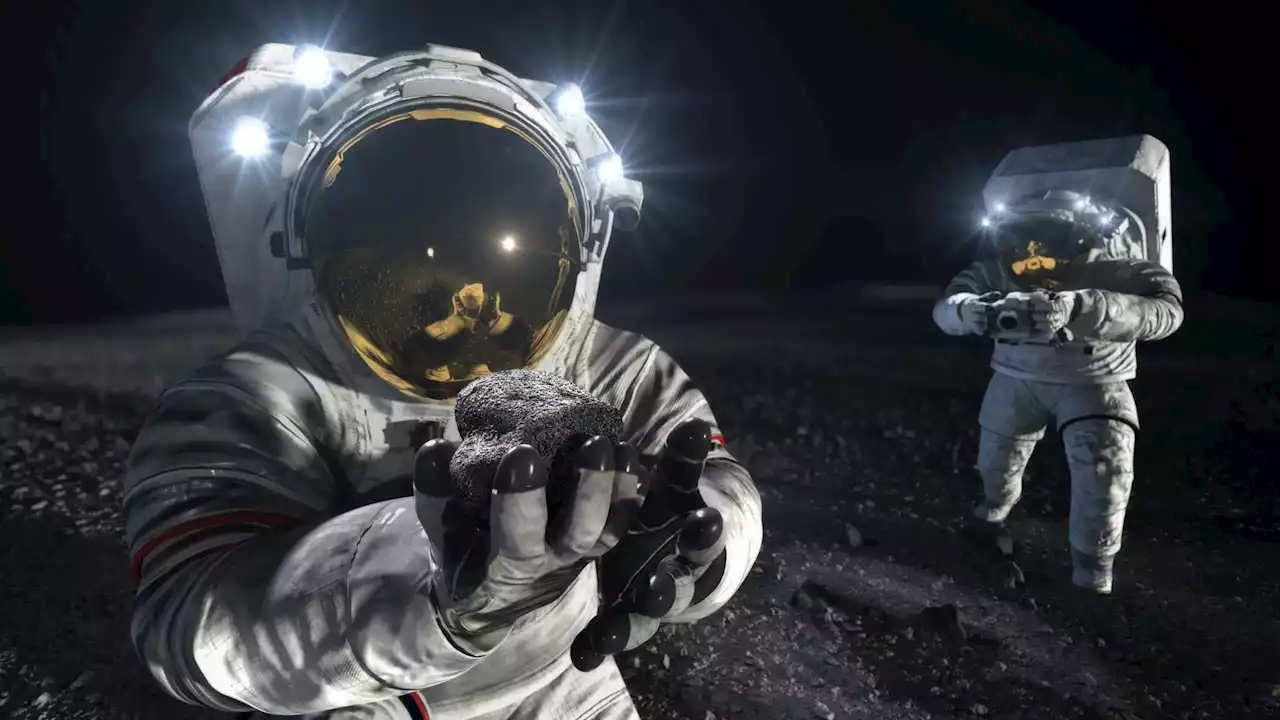NASA's Artemis III Geology Team is set to guide the science plan for the upcoming crewed lunar landing, aiming to enhance our understanding of the Moon and lay the groundwork for future space missions. NASA has selected the geology team that will develop the surface science plan for the first cre
An artist’s illustration of two suited crew members working on the lunar surface. The one in the foreground lifts a rock to examine it while the other photographs the collection site in the background. Credit: NASA’s Artemis III Geology Team is set to guide the science plan for the upcoming crewed lunar landing, aiming to enhance our understanding of the Moon and lay the groundwork for future space missions.
“Science is one of the pillars of Artemis,” said Dr. Nicky Fox, NASA Science Associate Administrator. “This team will be responsible for leading the geology planning for humanity’s first return to the lunar surface in more than 50 years, ensuring that we maximize the science return of Artemis and grow in our understanding of our nearest celestial neighbor.”The Artemis III Geology Team, led by principal investigator Dr.
“The Artemis III Geology Team will have the unique opportunity to analyze the first-ever samples from the lunar south pole region, helping us not only to unlock new information about the formation of our Solar System, but also with planning for future Artemis missions and establishing a long-term lunar presence,” said Jim Free, Associate Administrator for NASA’s Exploration Systems Mission Directorate.
United States Latest News, United States Headlines
Similar News:You can also read news stories similar to this one that we have collected from other news sources.
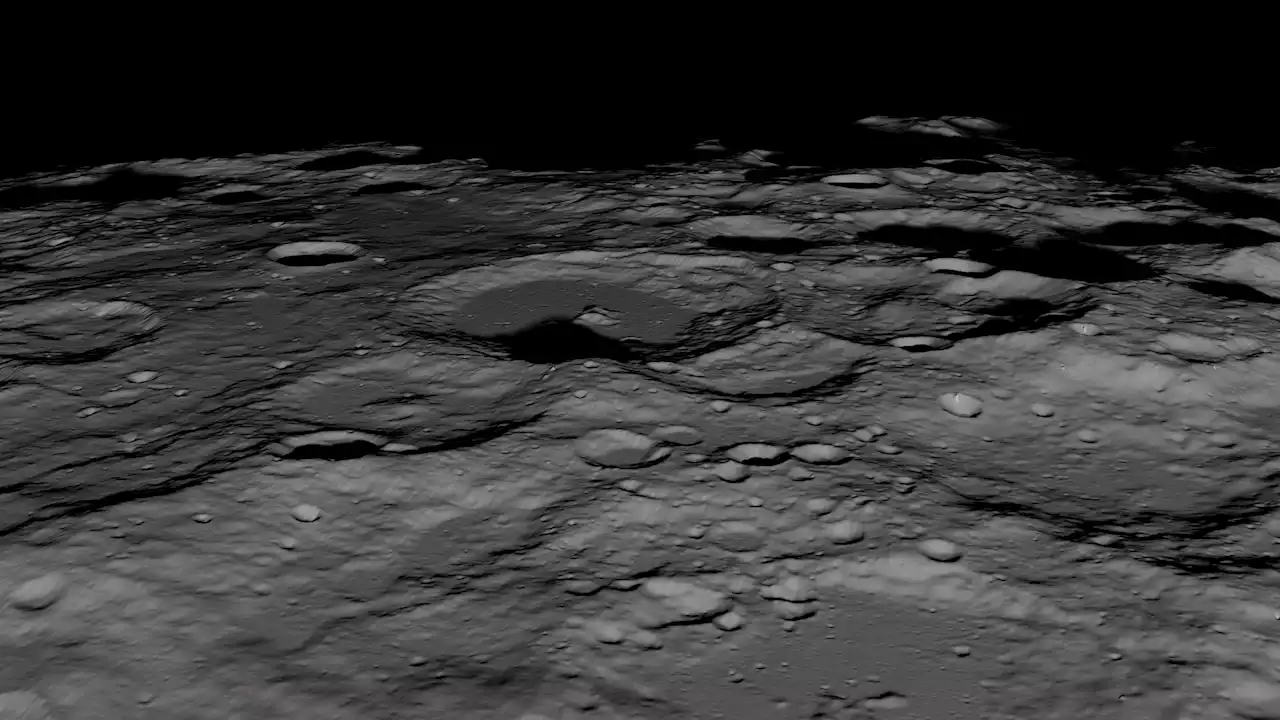 How data from a NASA lunar orbiter is preparing Artemis astronautsWhen astronauts set off for a trip around the moon in 2024 with NASA's Artemis II mission, they will go primed with knowledge of lunar landmarks gathered by one of the Agency's premiere robotic missions to our nearest cosmic neighbor.
How data from a NASA lunar orbiter is preparing Artemis astronautsWhen astronauts set off for a trip around the moon in 2024 with NASA's Artemis II mission, they will go primed with knowledge of lunar landmarks gathered by one of the Agency's premiere robotic missions to our nearest cosmic neighbor.
Read more »
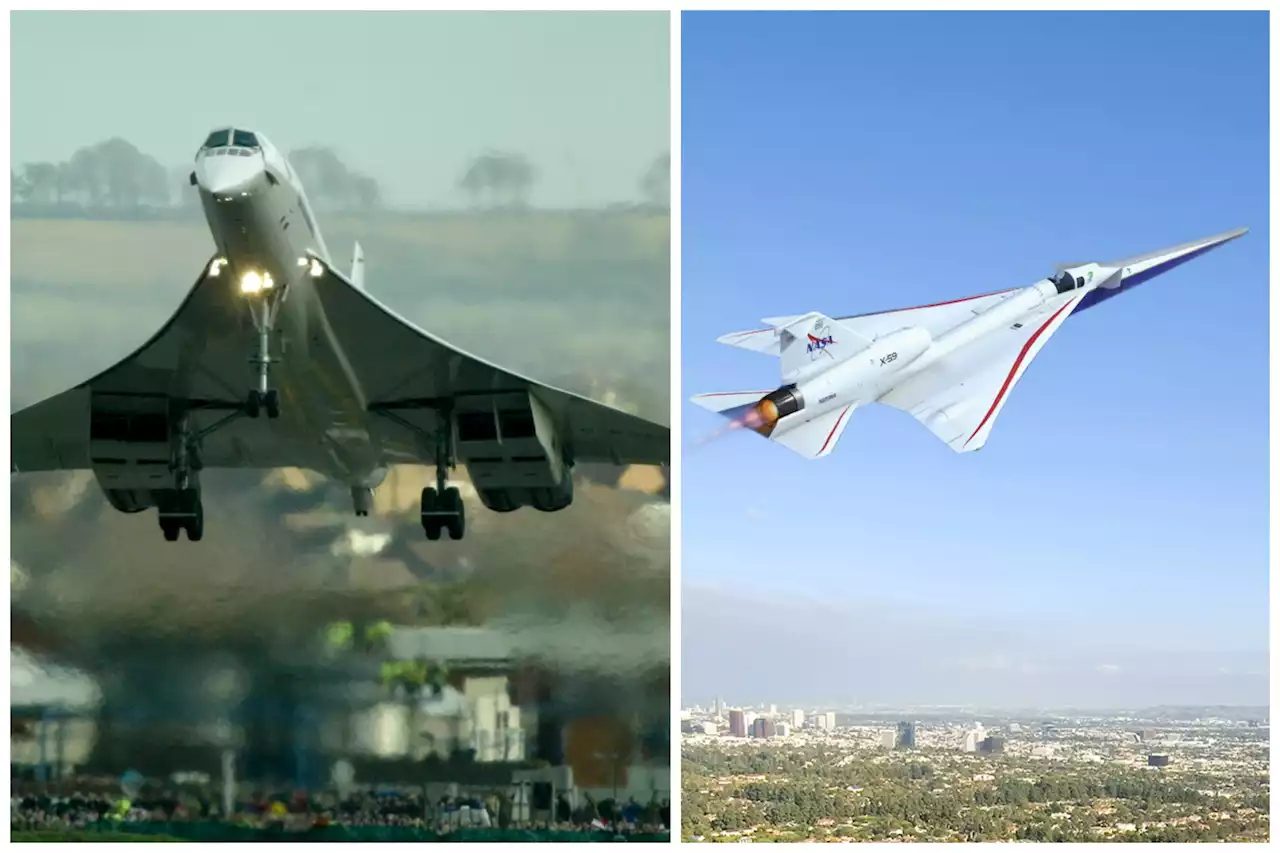 How NASA's experimental new supersonic plane compares to ConcordesNASA is designing a supersonic plane known as the X-59 as part of the space agency's Quesst (Quiet Supersonic Technology) mission.
How NASA's experimental new supersonic plane compares to ConcordesNASA is designing a supersonic plane known as the X-59 as part of the space agency's Quesst (Quiet Supersonic Technology) mission.
Read more »
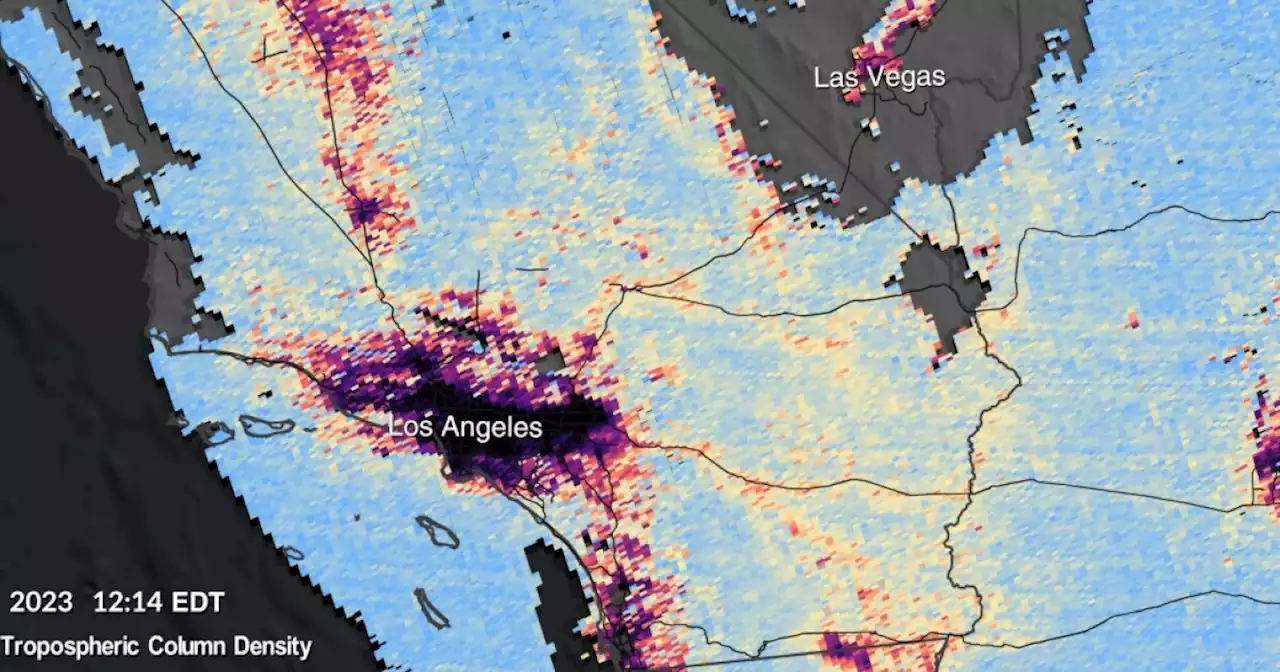 NASA's new TEMPO instrument shows how polluted cities areA new instrument launched by NASA can give detailed updates on air quality for much of North America, showing disparities in pollution.
NASA's new TEMPO instrument shows how polluted cities areA new instrument launched by NASA can give detailed updates on air quality for much of North America, showing disparities in pollution.
Read more »
 Private company wants to clean up space junk with 'capture bags' in Earth orbitTransAstra received an early-stage NASA contract to address the fast-growing problem of space debris.
Private company wants to clean up space junk with 'capture bags' in Earth orbitTransAstra received an early-stage NASA contract to address the fast-growing problem of space debris.
Read more »
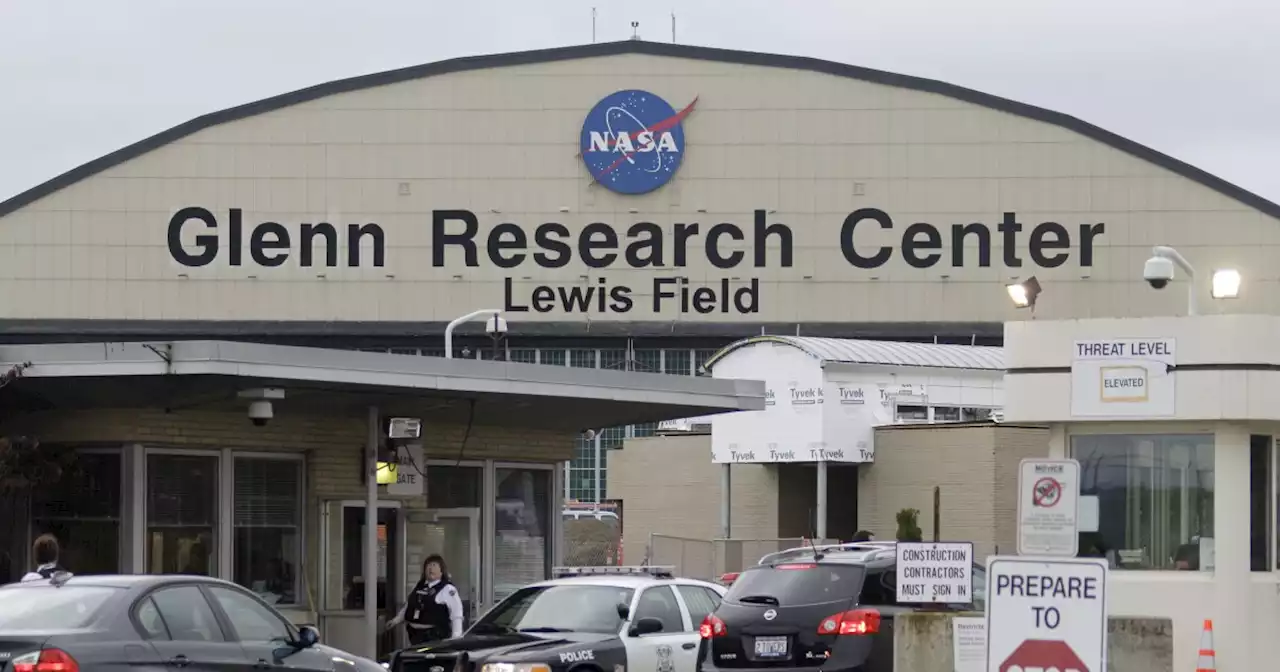 The quiet economic engine that is Cleveland's NASA Glenn Research CenterNASA leaders look to reach the next generation of NASA Glenn employees during the Space Summit in Clevelaland.
The quiet economic engine that is Cleveland's NASA Glenn Research CenterNASA leaders look to reach the next generation of NASA Glenn employees during the Space Summit in Clevelaland.
Read more »
